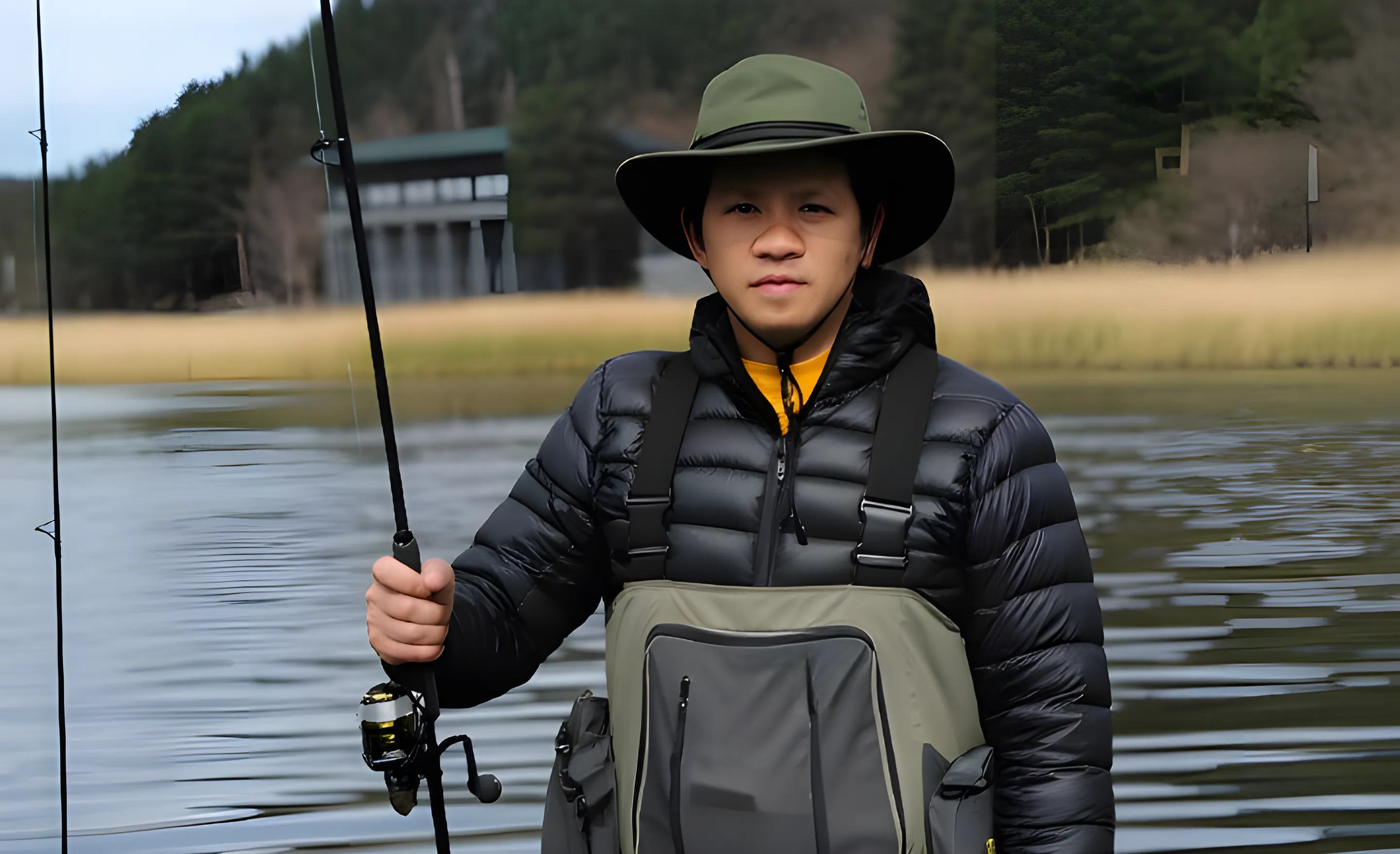How to Rig a Texas Rig for Bass: The Ultimate Guide (2025)
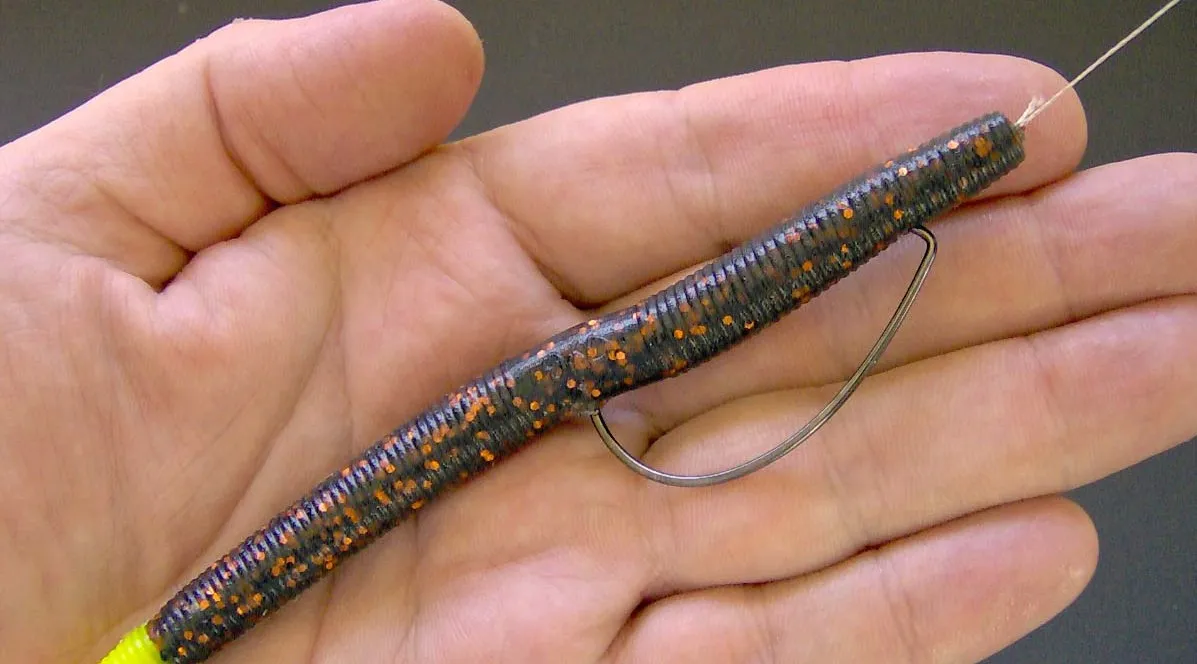
If you're here to finally master how to rig a Texas rig for bass, you’re in the right place. Whether you're flipping thick cover on your local lake or dragging bottom in open water, the Texas rig is one of the most versatile and effective techniques in all of bass fishing. This guide breaks it all down-step-by-step rigging instructions, gear essentials, bait selection, and pro-level tactics to help you land more fish. I’ve packed in years of on-the-water experience and rigging know-how so you can skip the trial-and-error and fish with confidence. For more hands-on fishing strategies and gear tips, be sure to check out riversiderelics.com-your home base for bass-fishing success.
What is a Texas Rig?
Simply put, a Texas rig is a method of rigging a soft plastic bait onto a hook to make it almost completely snag-proof. The hook point is hidden, or "Tex-posed," inside the body of the bait.
Think of the Texas rig as the off-road vehicle of fishing lures. Its streamlined, weedless design allows it to slip through heavy cover like grass, weeds, wood, and rocks where other lures would get hopelessly stuck. This is where big bass love to hide.
Its versatility is its superpower, firmly placing it on any list of the best bass fishing rigs for nearly any condition. You can fish it deep, shallow, fast, or slow. By making small adjustments to its components, you can adapt the Texas rig to almost any condition on the water.
The 5-Step Guide to a Perfect Texas Rig
This is the core of the technique. Follow these five steps to get a perfectly straight, weedless presentation every time. Getting this right is crucial for a natural action that bass can't resist.
Step 1: Slide on Your Weight & Bead
First, slide your bullet weight onto your line with the pointed end facing away from your rod. The conical shape is what helps it navigate through cover.
Next, if you want to add a bit of fish-attracting sound, slide a glass or plastic bead onto the line behind the weight. This is an optional but effective trick.
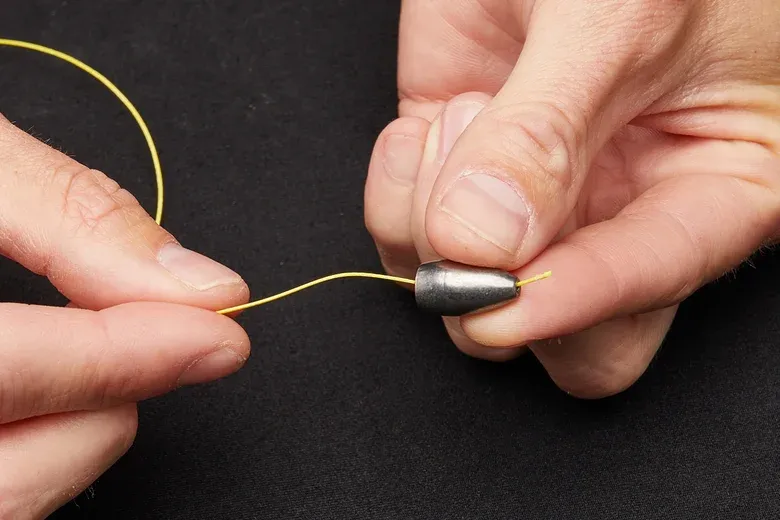
Step 2: Tie On Your Hook
Tie your hook to the end of the line using a strong, reliable knot. I almost exclusively use the Palomar knot for its strength and simplicity.
Once tied, make sure the hook is hanging straight and the knot is seated securely on the hook eye.
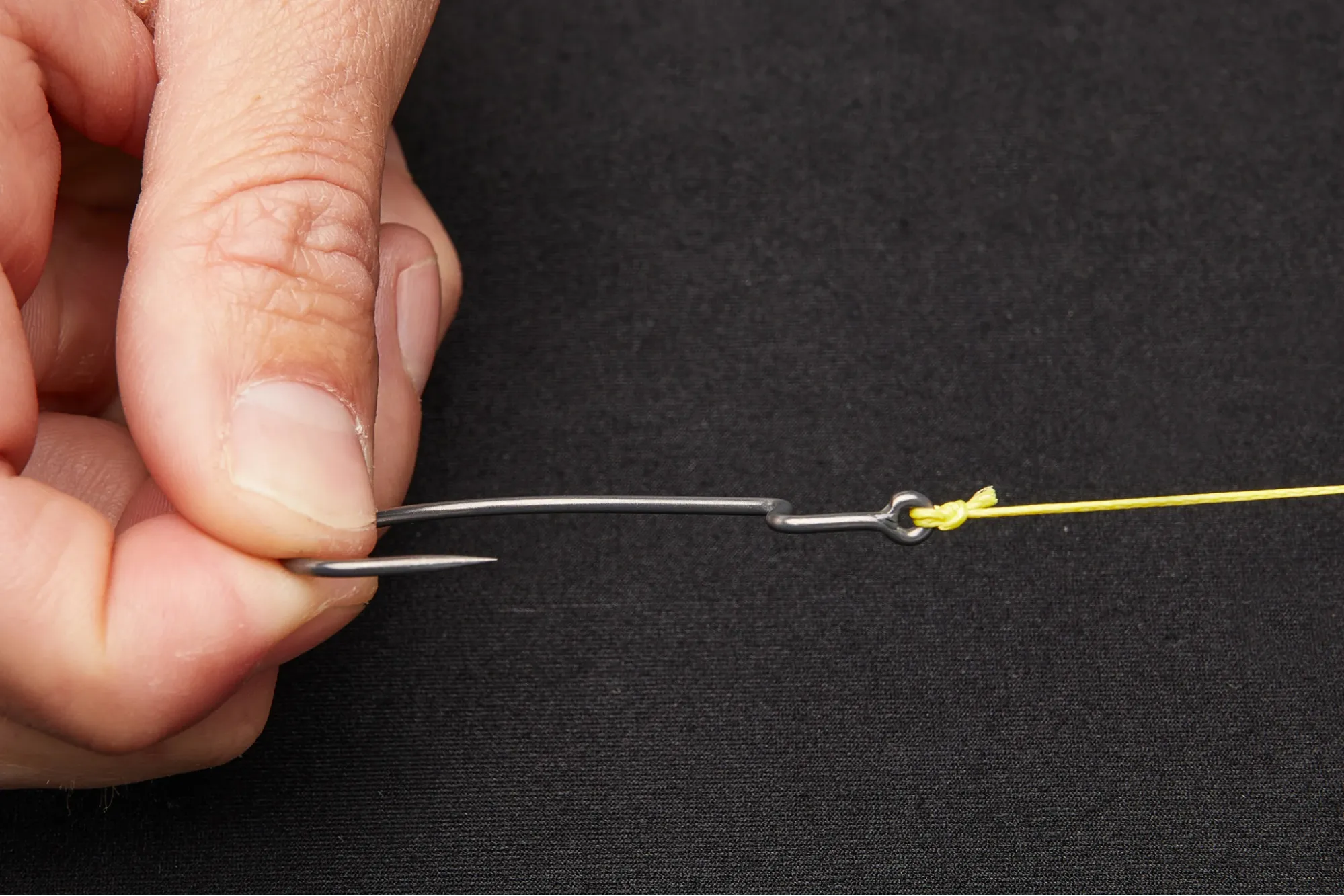
Step 3: Thread the Bait's Nose
Take the point of your hook and insert it directly into the center of the soft plastic's nose. Push it in about 1/4 inch (or just past the hook's barb).
Then, push the hook point out of the side of the bait. Slide the plastic bait all the way up the hook shank until it covers the hook's eye and your knot.
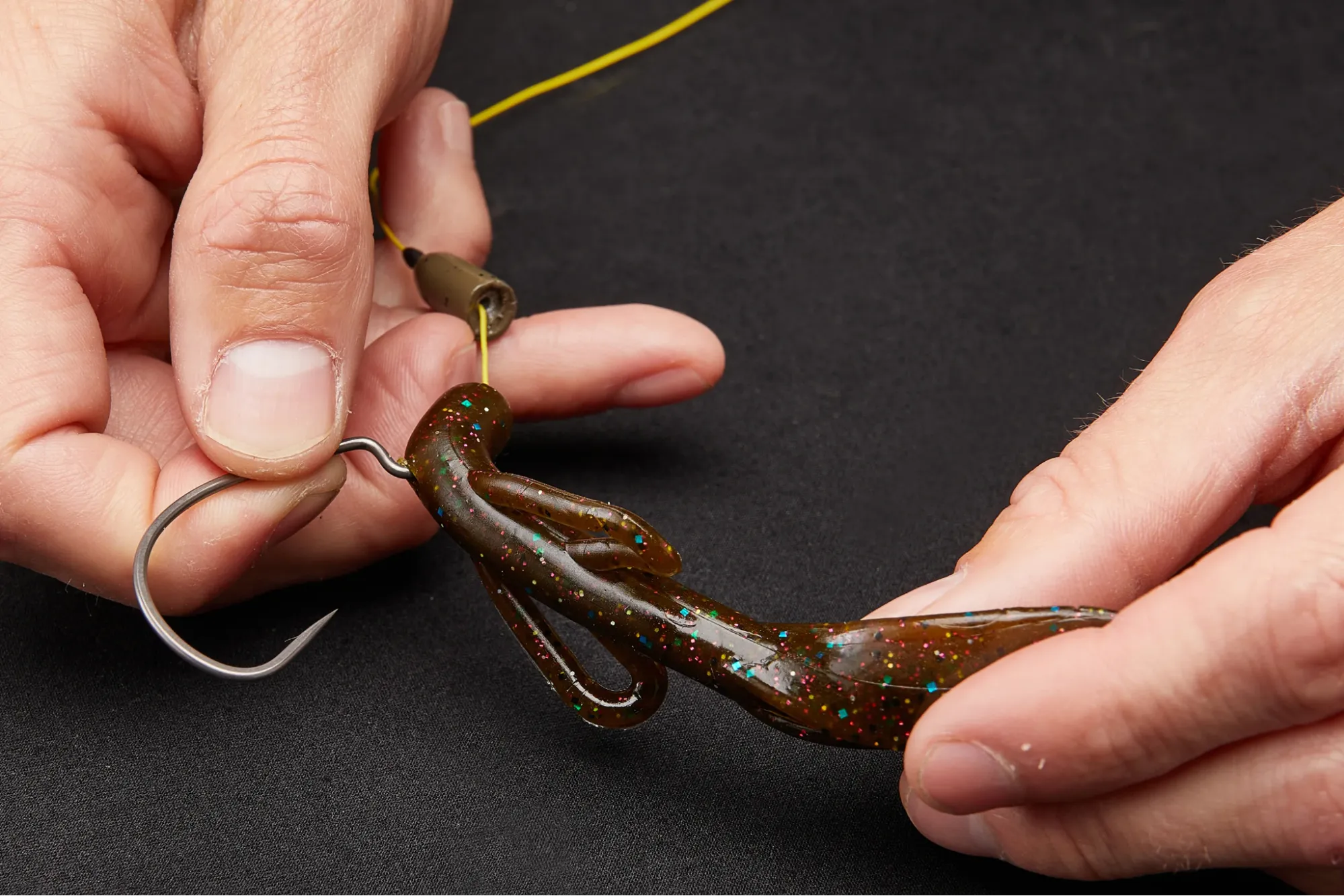
Step 4: Rotate and "Tex-Pose" the Hook
This is the most important step for making the rig weedless. Rotate the hook 180 degrees so the point is now facing the body of the bait.
Slightly compress the plastic bait and insert the hook point back into the main body. The key is to have the point resting just beneath the surface of the plastic, not poking out. This is called being "Tex-posed."

Step 5: Check Your Work
Finally, hold up the rig and make sure the bait is hanging perfectly straight. If it's crooked, bunched up, or twisted, it will spin unnaturally in the water and spook fish.
Don't be afraid to take it apart and re-rig it. A straight bait is a successful bait.
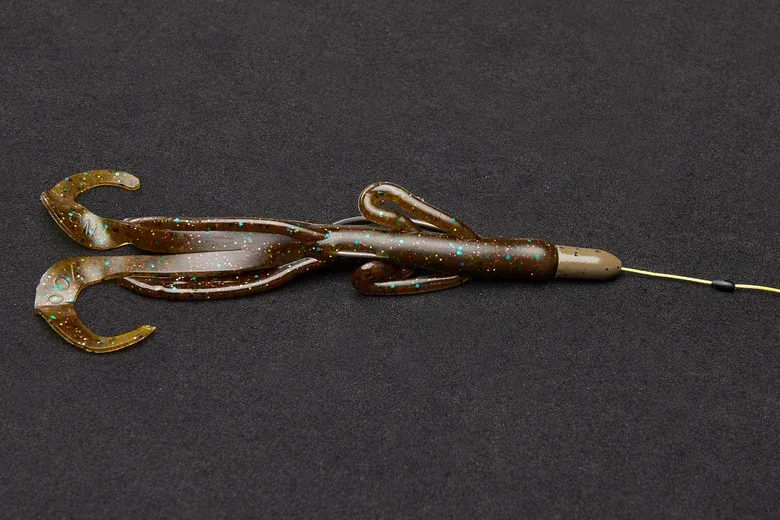
Gear Essentials Checklist
Having the right components makes rigging easier and more effective. Here’s the gear I rely on.
-
Hooks: For most worms, creature baits, or craws, a 3/0 or 4/0 Extra Wide Gap (EWG) hook is your best friend. If you're experimenting with other setups like Carolina rigs, make sure to compare how hook styles vary-here’s a quick guide on the Carolina rig vs Texas rig.
-
Weights: I prefer tungsten bullet weights (1/4 to 3/8 oz is a great starting point). Tungsten is smaller and more sensitive than lead, letting you feel the bottom structure more clearly.
-
Pegs/Stops: A small rubber "bobber stop" pegged above your weight is essential for fishing in heavy cover. It keeps your weight and bait together as a compact unit.
-
Beads (Optional): A glass bead placed between the weight and hook creates a clicking sound as you work the bait, which can attract curious bass.
-
Line: For most situations, 15–20 lb fluorocarbon is perfect—especially when paired with the best fishing line for bass depending on your local water clarity and structure.
-
Rod & Reel: A 7’0”–7’3” medium-heavy casting rod paired with a high-speed baitcasting reel (at least a 7:1 gear ratio) gives you the power for solid hooksets and the speed to pull fish out of cover quickly. We’ve field-tested dozens-check out our picks for the best bass fishing rod and best bass fishing spinning reels if you want gear that can handle big strikes.
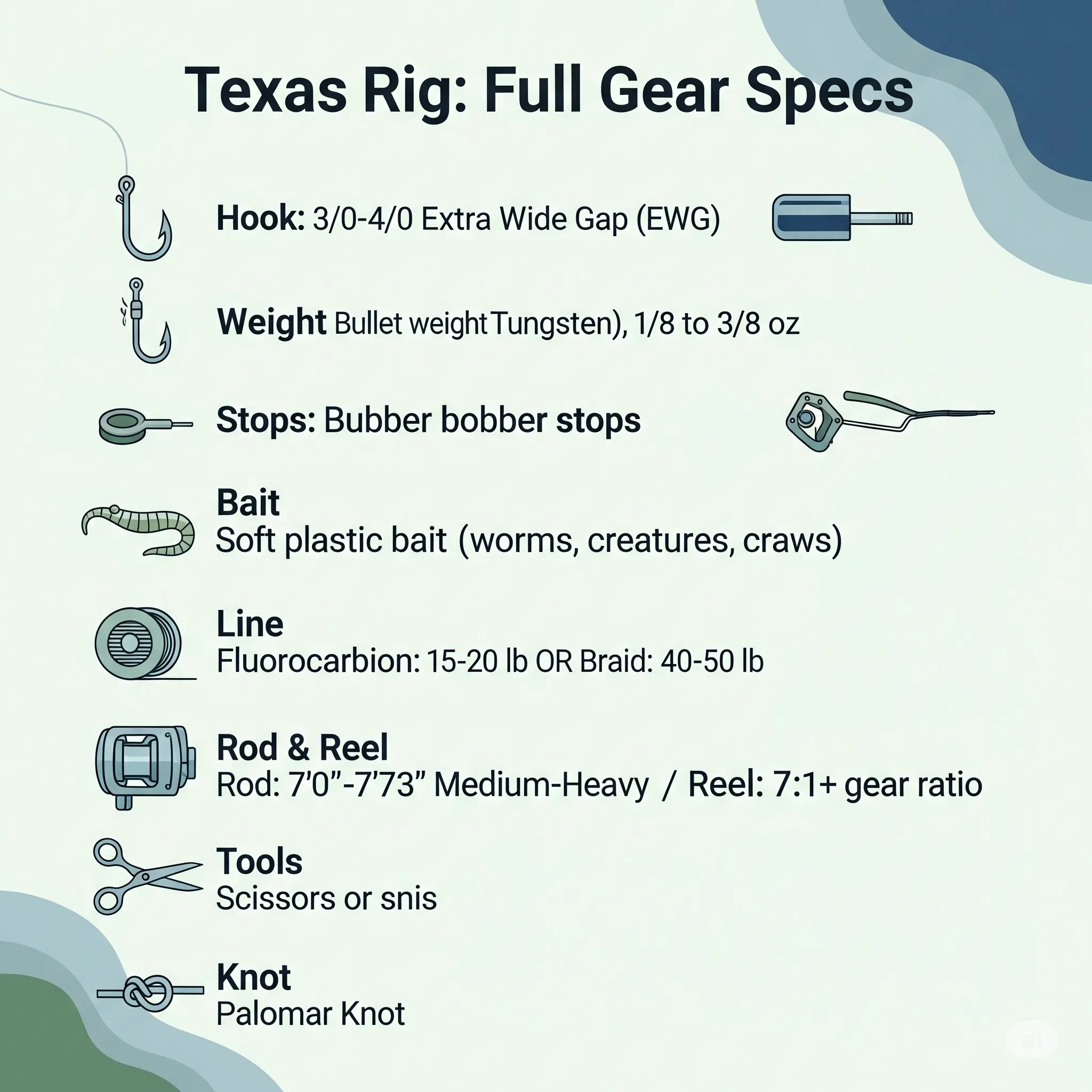
Best Baits for the Texas Rig
While you can Texas rig almost any soft plastic, three types consistently outperform the rest.
-
Stick Baits / Worms: The classic choice. The subtle action of a straight-tail worm or a Senko-style stick bait on the fall is deadly, especially for finicky bass. To make the most of it, choose from these best bass fishing lures designed for finesse and versatility.
-
Creature Baits: These baits have multiple appendages like legs, tails, and wings that create a lot of movement and water displacement. They are excellent for getting a reaction bite in stained water or when bass are aggressive.
-
Craws: Since crawfish are a primary food source for bass. If you're fishing later in the year, pair your rig with one of the best fall bass fishing lures to match the seasonal forage.
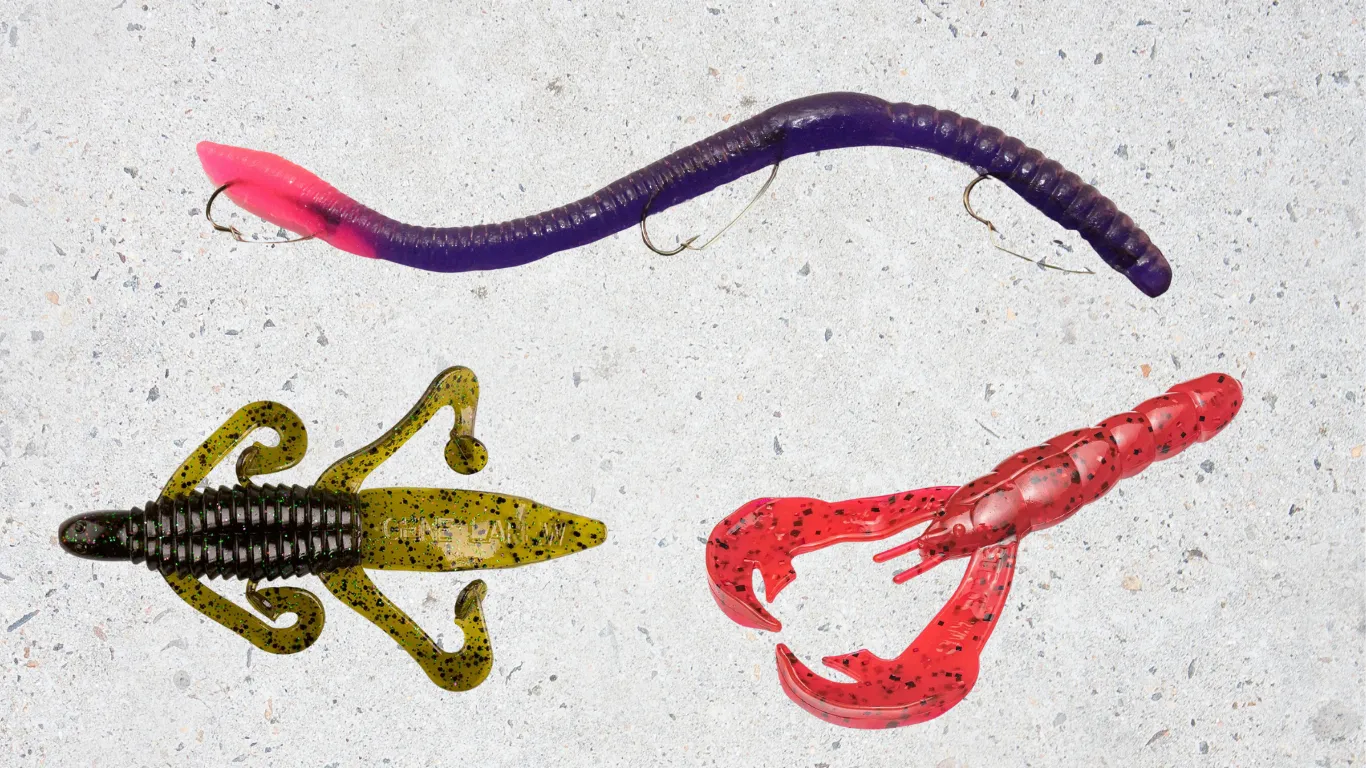
When to Use Each Texas Rig Variation
The beauty of the rig is its adaptability. Here’s when to use each version.
Weightless Texas Rig
Use this when bass are shallow, highly pressured, or suspended especially in spring or early summer. For full seasonal tactics, check out our guide on how to fish for bass in spring or our fishing bass in summer playbook.
Pegged Weight Texas Rig
This is your go-to for heavy cover. When flipping into thick grass, reeds, or brush piles, pegging the weight keeps the rig compact, preventing the weight and bait from separating and snagging.
Unpegged (Sliding) Texas Rig
In open water or areas with sparse cover, let the weight slide freely. This gives the bait a "follow-up" action. As you lift your rod, the weight moves first, then the bait glides down behind it, creating a very natural presentation.
Pro Tactics: How to Fish Your Texas Rig
Once you're rigged up, presentation is everything. Whether you’re dragging or pitching, mastering these bass fishing techniques for beginners can make a huge difference-especially if you’re just starting out with soft plastics.
-
Drag: Cast out, let the rig sink to the bottom, and use a slow, sideways sweep of your rod to drag it across the lake floor. This is perfect for mimicking a crawfish.
-
Lift and Drop: Gently lift your rod tip from the 9 o'clock to the 11 o'clock position, then slowly lower it, letting the bait fall on a semi-slack line. Most bites will happen on the fall.
-
Pitching: For precise targets like a single dock post or a laydown log, use a short, quiet underhand pitch. This gives you maximum accuracy and stealth.
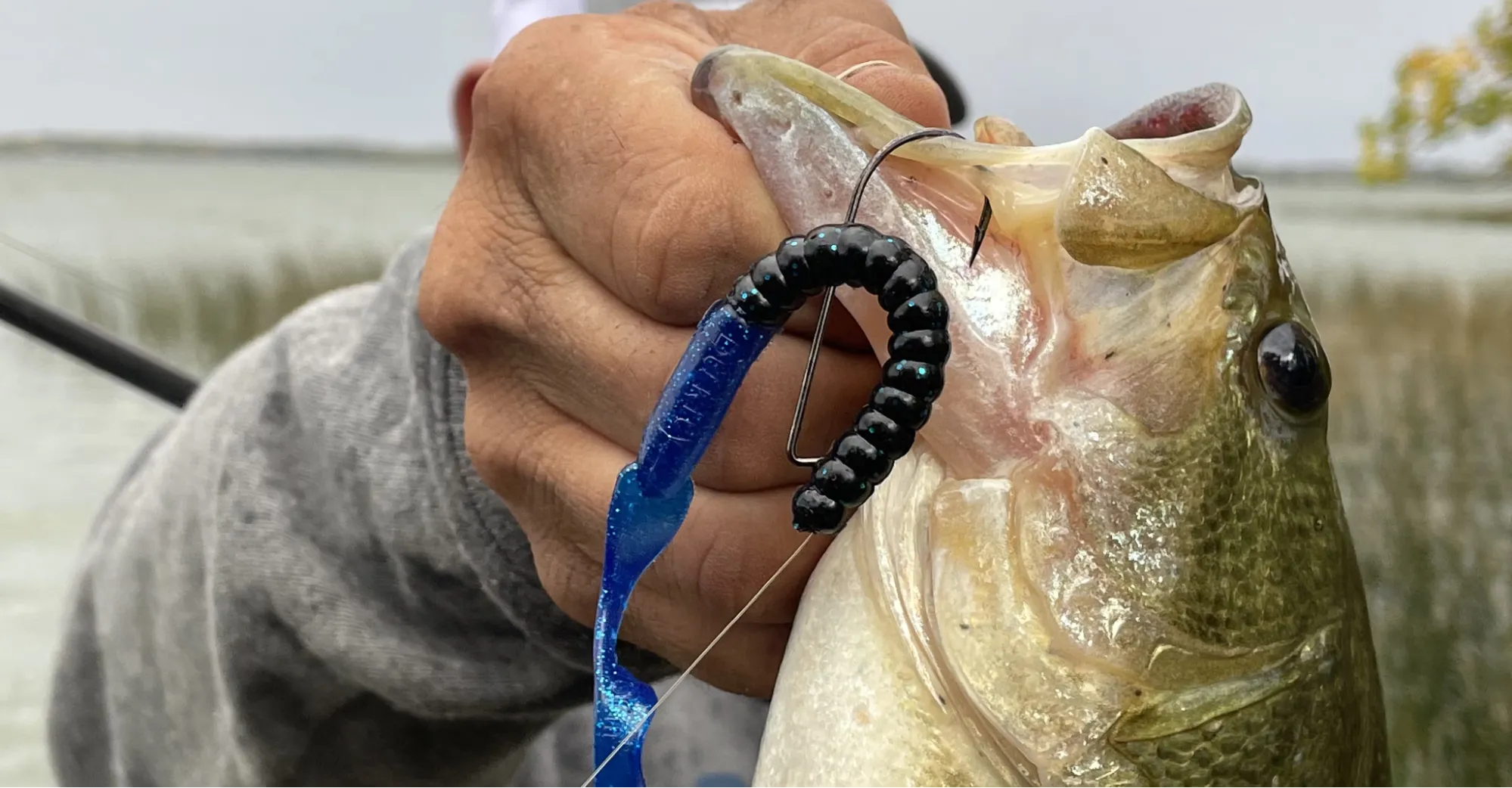
Detecting Bites & Setting the Hook
This takes practice, but here’s what to look and feel for. It’s one of many skills that transfer across other setups like how to fish a wacky rig or how to fish a ned rig in grass, where bite detection is just as subtle.
-
Feel the Bite: You might feel a sharp "tick," an aggressive "thump," or the line might suddenly feel mushy or heavy. Sometimes it just feels different. Any unnatural sensation is a signal.
-
Watch Your Line: Your most important tool for bite detection. If you see your line jump, twitch, or start swimming sideways, a bass has your bait.
-
The Hookset: Reel down quickly to remove any slack in your line, and when you feel the weight of the fish, swing the rod hard upwards or to the side. With a Texas rig, you need a powerful hookset to drive the hook through the plastic and into the fish's jaw.
FAQs
Conclusion
Learning how to rig a Texas rig for bass isn’t just about threading a hook-it’s about unlocking a tool that adapts to any condition and consistently puts fish in the boat. From the way you choose your gear, to how you present your bait in cover or open water, every small detail makes a big difference. Master the fundamentals, practice often, and don’t be afraid to experiment. The Texas rig has earned its reputation for a reason-and once you’ve got it dialed in, it’ll quickly become your go-to technique for landing more bass, season after season.
Aviv Nguyen is a passionate fisherman who loves sharing stories and tips from his fishing adventures. Whether it’s freshwater or sea, he finds joy in every cast and aims to inspire others to enjoy the great outdoors through fishing.
Share This Post With Friends

